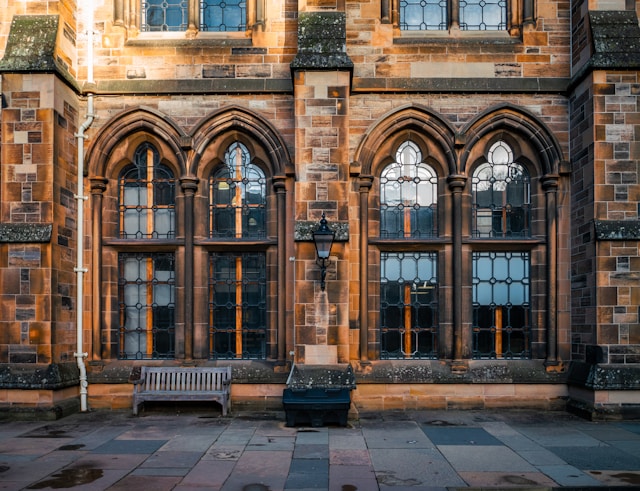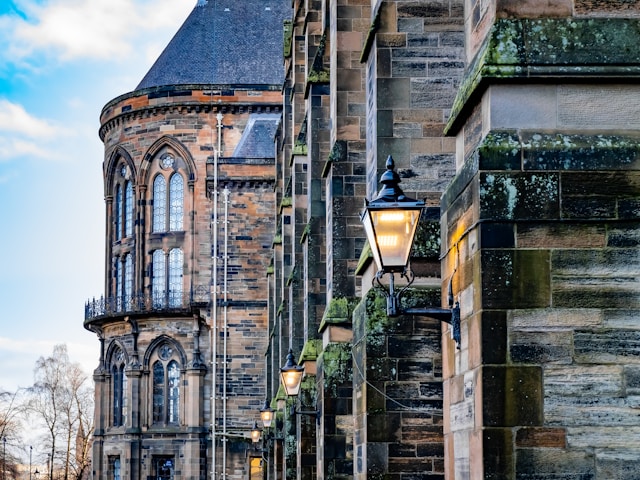In the heart of New Zealand’s cities and towns, amidst the hustle and bustle of modern life, lie architectural treasures from the Victorian era, standing as silent witnesses to the country’s rich heritage. However, the passage of time has not been kind to these historic buildings, and many now find themselves in need of restoration and conservation to ensure their survival for future generations. In this article, we delve into the art and science of Victorian building conservation in New Zealand, exploring the challenges, techniques, and triumphs of preserving these iconic structures.
The Legacy of Victorian Architecture in New Zealand
From the ornate facades of government buildings to the quaint charm of colonial cottages, Victorian architecture has left an indelible mark on the landscape of New Zealand. Inspired by the grandeur of European design and adapted to suit the country’s unique environment, these buildings stand as testaments to the craftsmanship and vision of their creators. Yet, as the years have passed, the ravages of time, weather, and neglect have taken their toll, necessitating careful restoration and conservation efforts to safeguard their integrity and beauty.
The Challenges of Conservation
Restoring Victorian buildings is a complex and multifaceted process that requires a delicate balance of artistry, engineering, and historical sensitivity. From structural repairs and masonry conservation to paint analysis and decorative restoration, every aspect of the conservation process must be meticulously planned and executed to ensure the building’s authenticity and integrity are preserved. Moreover, navigating the regulatory framework surrounding heritage conservation can pose additional challenges, requiring collaboration between architects, conservationists, historians, and government agencies to achieve a successful outcome.

Techniques and Technologies of Restoration
Advancements in technology have revolutionized the field of historic building conservation, offering new tools and techniques to aid in the restoration process. Laser scanning, for example, allows conservators to create highly detailed digital models of buildings, facilitating precise documentation and analysis of their condition. Meanwhile, innovative materials and methods, such as lime mortar and traditional craftsmanship, enable craftsmen to replicate historical building techniques with remarkable accuracy, ensuring that the restored structure remains true to its original form.
Celebrating Success Stories
Despite the challenges inherent in Victorian building conservation, numerous success stories abound across New Zealand, where historic buildings have been lovingly restored to their former glory. From the painstaking restoration of Christchurch’s Arts Centre to the adaptive reuse of Wellington’s Old Government Buildings, these projects serve as shining examples of the power of preservation to breathe new life into historic landmarks and revitalize communities.
